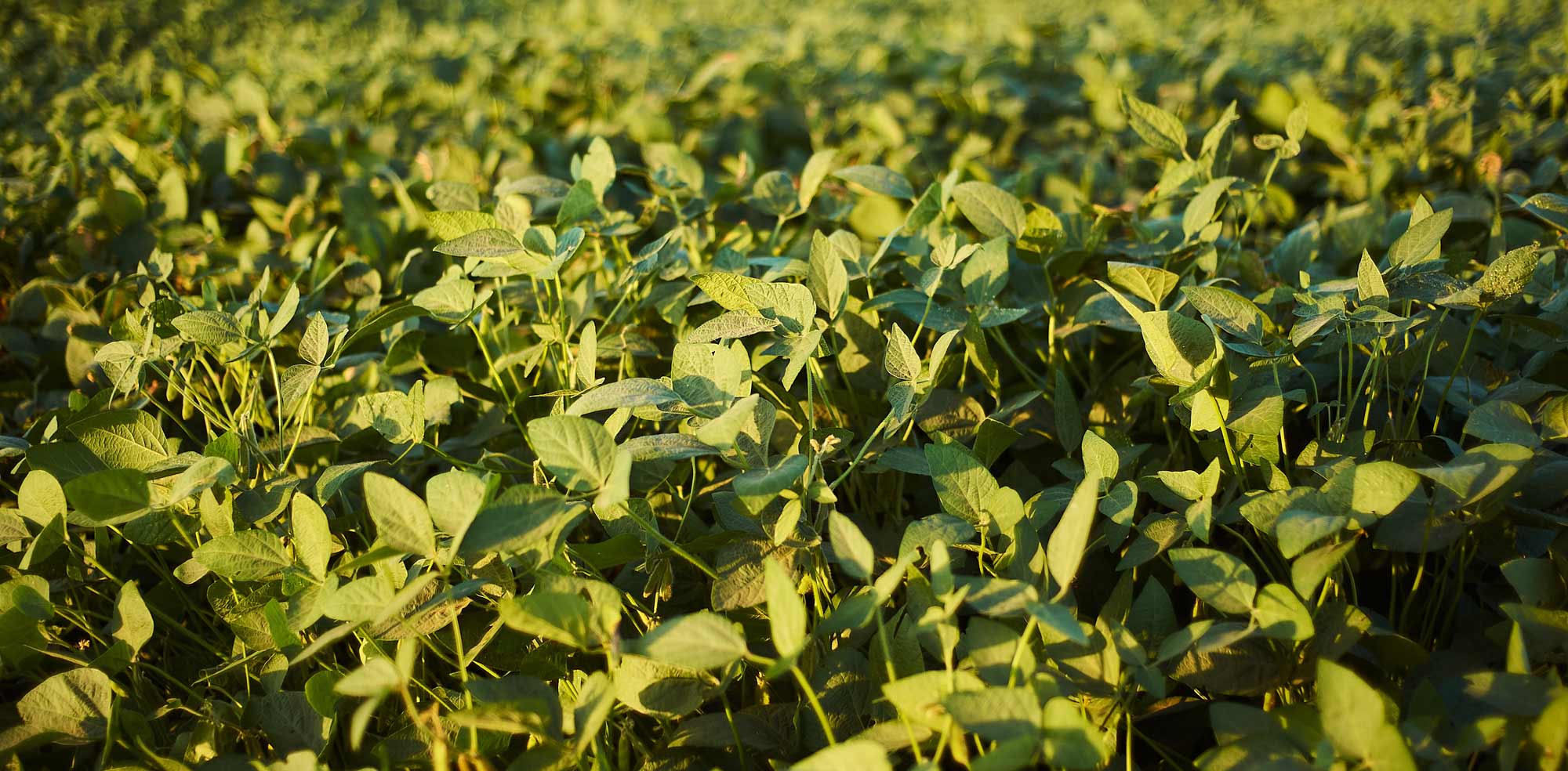
Sustainability
In a broad sense, we believe that the transformative experience brought about by spending extended time on active adventures in wild places will lead to greater individual actions on environmental issues from all of those we serve. We believe that having enriching the backcountry experience with truly delicious food can help forge that personal, life-changing, connection to nature.
Bio-based Packaging
When we started RightOnTrek meals, we saw an alarming trend of customers being steered towards using food products on backcountry adventures that come in packaging designed to a level of rigor that makes them shelf-stable for up to 30 years. This mis-match of product design and use results in a waste of material resources including plastic and aluminum. Why not design adventure-ready meals for your next adventure, as opposed to designing for a product that can sit on the shelf and still taste the same after 30 years?
We have eliminated plastic from our Meals packaging with 100% bio-based material derived from tree pulp. That means it is a renewable resource separated from the petrochemical industry and is not part of the human food supply market like the corn and sugarcane based materials that some of our competitors who claim to also have sustainable packaging use. Our meals come in single packages portioned for groups of two or four, which can cut material waste by up to 75%.
Read more about our recent nomination for the prestigious "Innovation Award" from the Outdoor Industry Association (OIA)

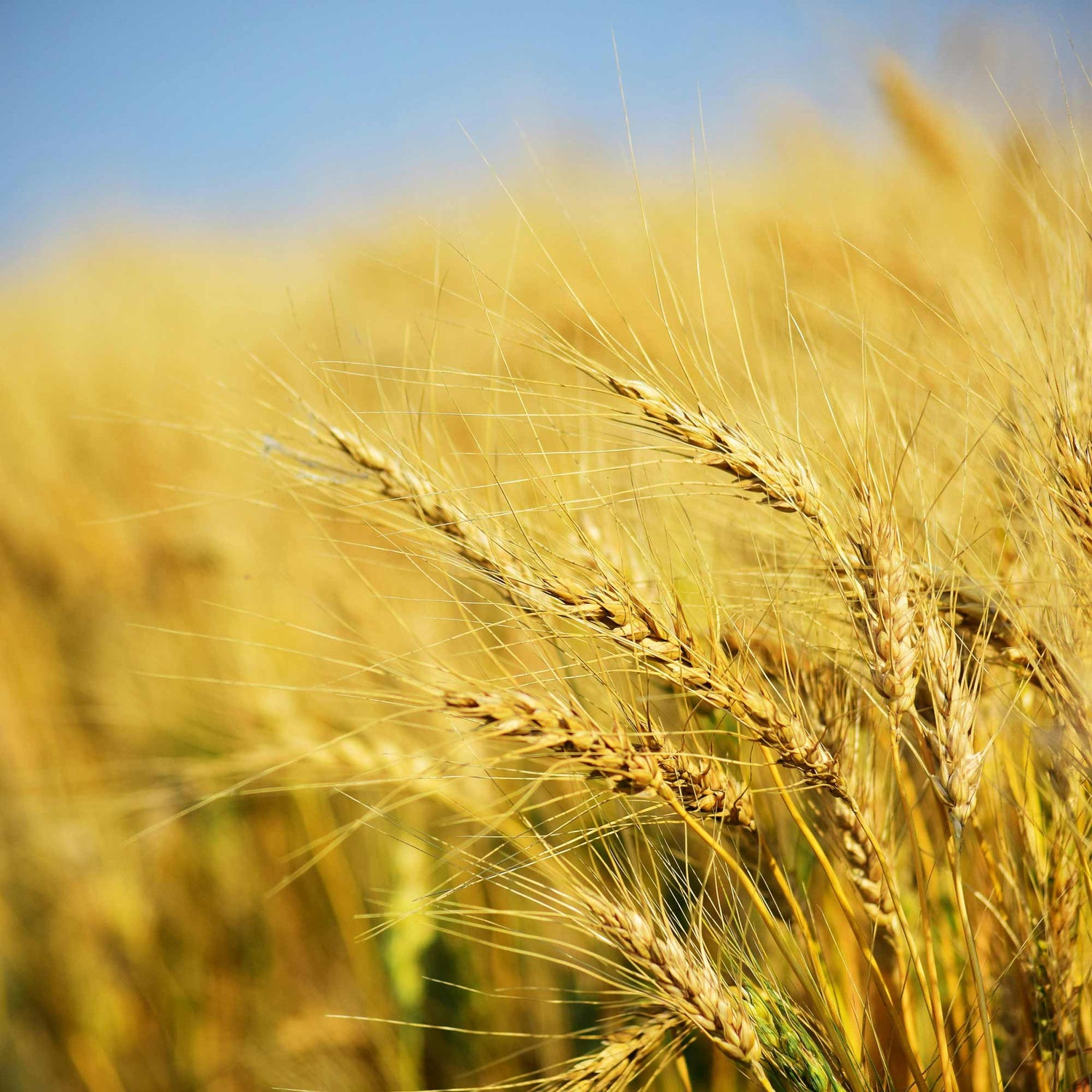
Low-Impact Food Choices
A whopping 26% of global greenhouse gas (GHG) emission factors are related to food production.
Food production also has a significant impact on water quality and soil health. In terms of water use, agriculture on the whole claims 70% share of the world’s freshwater use. Eventually, this impacts the wild places where we go for outdoor recreation.
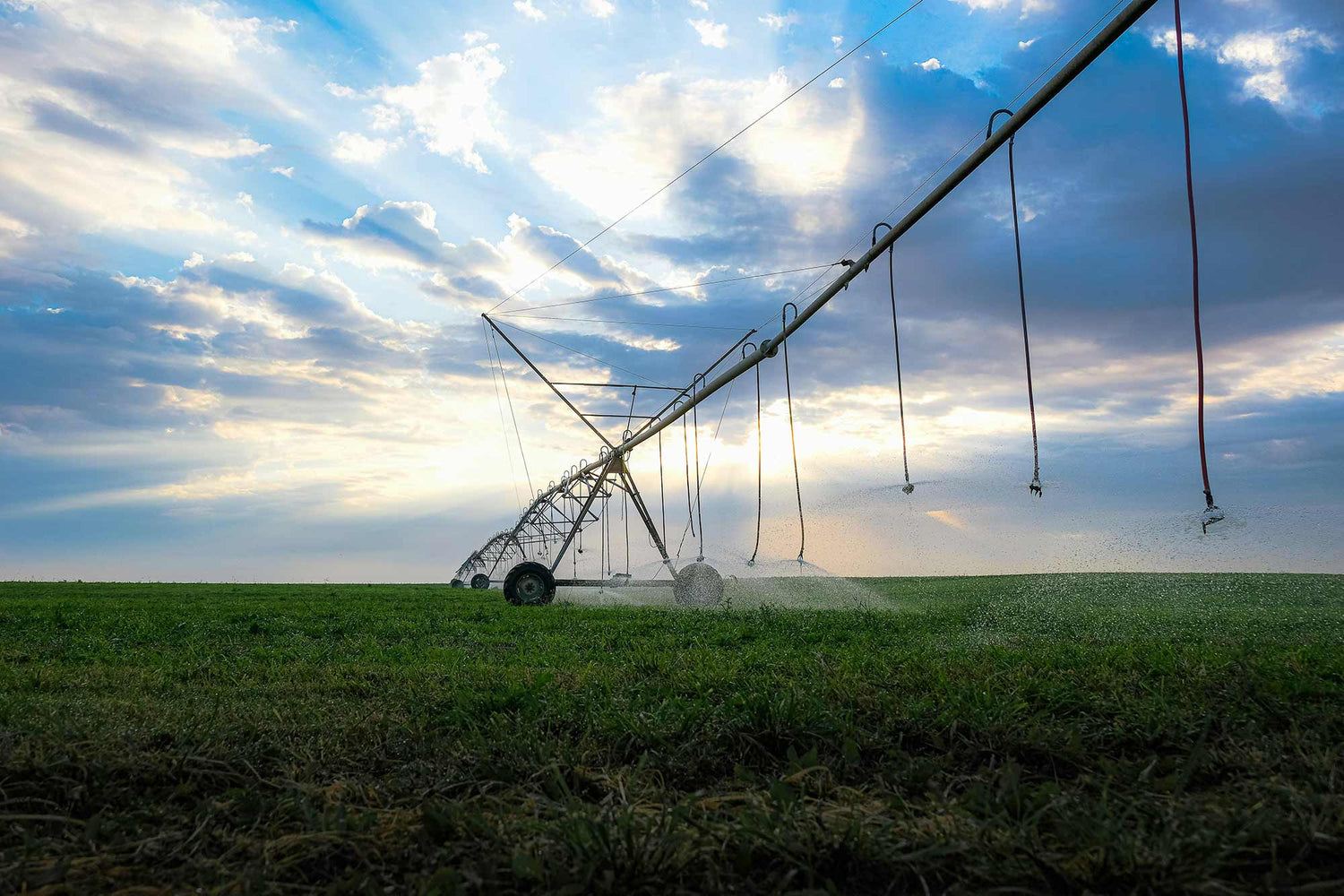
Food choices can make a difference.
Beef is linked to average of 36.4 kG of GHG emissions per 1,000 calories. This is seven times more than the GHG impact of poultry meat, and 72 times greater than the GHG impact of an equivalent amount of beans production per gram of protein, on average. Cheese production requires about 2,000 liters of water per 1,000 calories worth of food. This is three times greater than that used for production of nuts, and five times greater than the amount of water used for egg production, on average.

In terms of waterways pollution (eutrophication) due to fertilizer and animal waste runoff, farmed beef products lead to seven times more impact than eggs, and fifty times greater impact than soy-based tofu. Bottom line: Some foods have an inherently greater environmental impact than others.
We won't tell you what to eat, but we invite you to try our variety of plant-based and vegetarian meals that we've carefully crafted to be delicious and nutrient-packed.
Data Sources: Poore, J., & Nemecek, T. (2018). Reducing food’s environmental impacts through producers and consumers. Science, 360(6392), 987-992
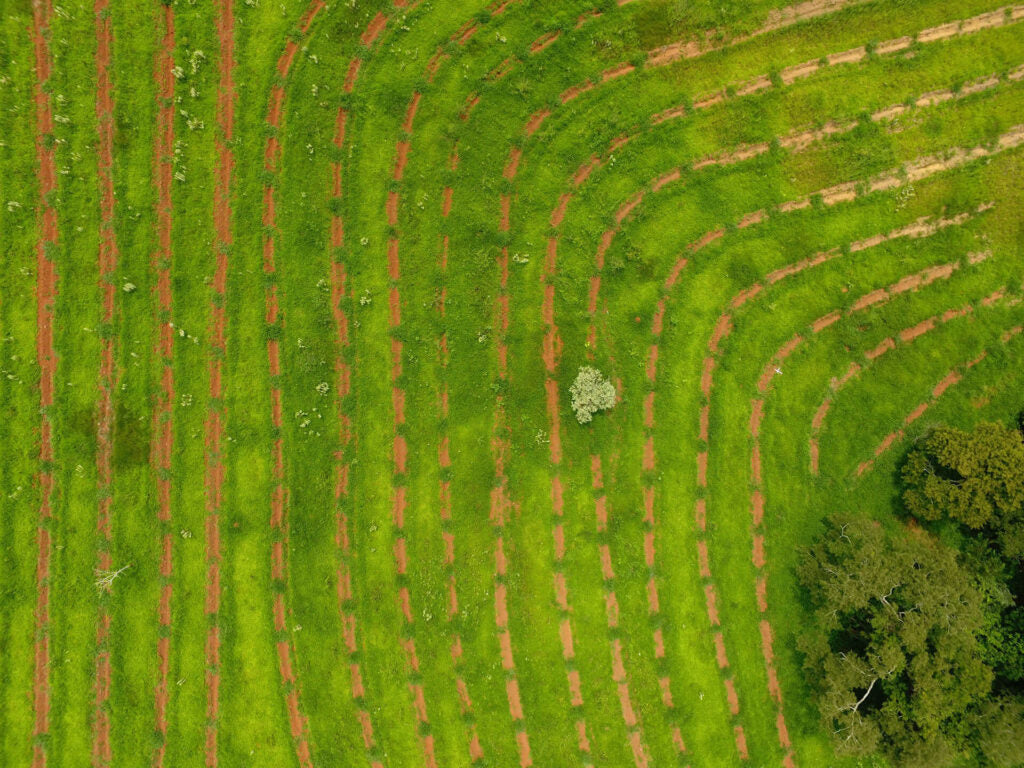
Carbon Offsets
As a company that promotes outdoor recreation in what are sometimes fragile ecosystems, we’re dedicated to helping reduce human-caused climate change. For 2024, we have offset all of our Scope 2 emissions impact related to fulfillment and packaging of consumer food product sales with carbon credits. We source greenhouse gas emission offsets through the Brazil Pastureland Regeneration Palm Silvopasture project with Native to encourage both sustainable agricultural production of palm oil and sustainable livestock grazing by local farmers.
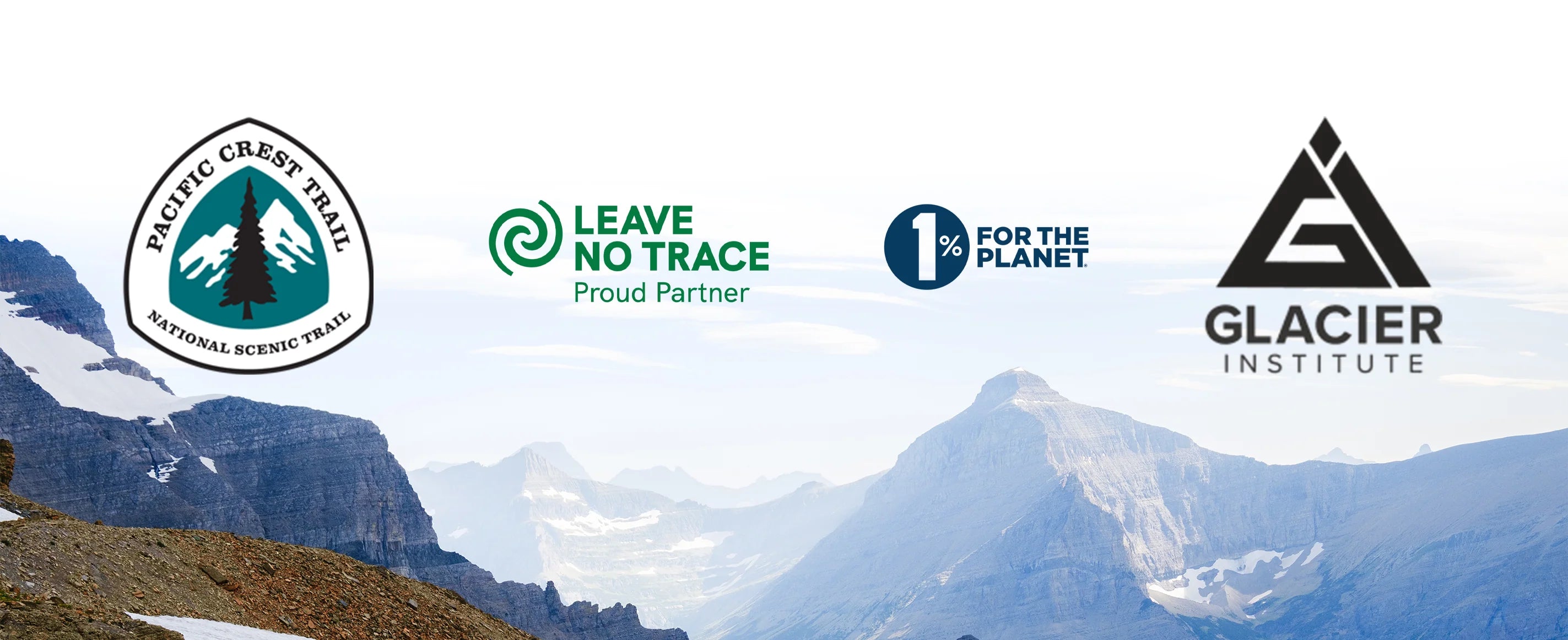
Get 20% off your next order
Sign up for our emails and be the first to know about new meals and exclusive offers.
